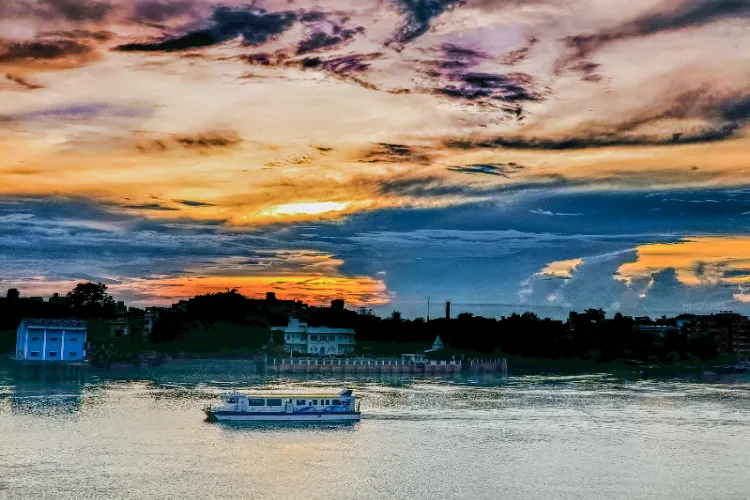
New Delhi
The monsoon has now covered all of Ladakh and moved into most parts of Himachal Pradesh and Jammu and Kashmir, and some parts of Punjab, the India Meteorological Department (IMD) said on Sunday.
It said that the weather conditions are suitable for the monsoon to move into more parts of Rajasthan, Punjab, Haryana, Chandigarh and Delhi, as well as the remaining parts of west Uttar Pradesh, Himachal Pradesh and J&K over the next two days.
If the primary rain system reaches Delhi as expected (June 24), it could be the earliest arrival in the city since 2013, when it got here on June 16.
The monsoon reached Delhi on June 28 last year, June 25 in 2023, June 30 in 2022 and July 13 in 2021.
The IMD has also predicted heavy to very heavy rain over northwest India, Madhya Pradesh, Gujarat and Konkan, and Goa till June 26. Extremely heavy rain is likely in Madhya Pradesh on June 23 and 24.
In the Northeast, heavy to very heavy rain is expected for the next three days, followed by lighter rain over the next four days.
This year, the monsoon arrived in Kerala on May 24, the earliest onset over the Indian mainland since 2009, when it hit on May 23.
With strong weather systems forming over both the Arabian Sea and the Bay of Bengal, the monsoon moved quickly and reached central Maharashtra, including Mumbai, and the entire Northeast by May 29.
But after that, the progress stalled for about 18 days, from May 29 to June 16.
The dry spell in early June led to a spike in temperatures and triggered heatwave conditions across large parts of northwest and central India starting around June 8-9.
The monsoon picked up pace again between June 16 and June 18, thanks to two new low-pressure systems, one over West Bengal and another over Gujarat.
Usually, the monsoon reaches Kerala by June 1, Mumbai by June 11, Delhi by June 30 and covers the entire country by July 8. It usually begins to retreat from northwest India around September 17 and withdraws fully by October 15.
Experts say the date when the monsoon begins does not directly affect how much rain the season brings. So, even if it starts early or late in Kerala or Mumbai, that does not mean it will behave the same way elsewhere.
They also say that the monsoon depends on a mix of global, regional and local factors and tends to show a lot of variation.
In May, the IMD had said that India is likely to get 106 per cent of its long-period average rainfall, which is 87 cm, during the June to September monsoon season. Rainfall between 96 and 104 per cent of this average is considered 'normal'.
Most of the country is expected to get above-normal rain, except Ladakh, nearby parts of Himachal Pradesh, the Northeast and some areas in Bihar, Jharkhand, West Bengal and Odisha.
Some isolated areas in Punjab, Haryana, Kerala and Tamil Nadu may see below-normal rainfall.
ALSO READ: Irtiqa Ayoub broke barriers to become the first woman Rugby coach in J&K
The monsoon is crucial for India's farm sector, which supports about 42 per cent of the population and contributes 18.2 per cent to the country's GDP. It is also key for refilling reservoirs used for drinking and irrigation water and electricity generation.
